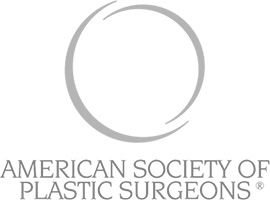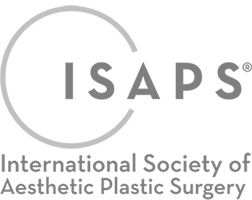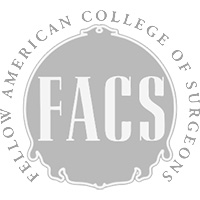POLAND SYNDROME CORRECTION
– NEWPORT BEACH, CA –
Having physical deformities can cause a massive blow to your confidence and self-esteem. So just imagine how depressing it can be to find out that one side of your chest wall is not only deformed but completely missing.
Also known as Poland anomaly or Poland sequence, Poland syndrome is characterized by the complete or partial absence of the chest muscle. It was named after Sir Alfred Poland, the first person to present an account of this rare condition in the 19th century.
Poland syndrome is listed as a rare disease by the US National Institutes of Health. According to the National Human Genome Research Institute, it only occurs in 1 out of 10,000 to 100,000 people.
Learn more about this rare condition as you read the rest of this post.






What is Poland Syndrome?
Poland syndrome is a malformation involving the underdevelopment or complete absence of the chest muscle on one side of the body. There is often webbing of the fingers on the same side as the chest wall anomaly.
Although Poland syndrome can affect either side, it is three times more likely to happen on the body’s right side.
It is not hereditary and occurs more frequently in men than women, although the reason is unknown. And while most conditions are present at birth, the symptoms may not be apparent until they hit puberty, when the difference between the two sides of the body becomes more evident.
What Causes Poland Syndrome?
Like many rare diseases, the exact cause of Poland syndrome is unknown.
However, some clinicians speculate that it may involve a lack of blood flow through the arteries around the 6th week of life — a critical point during fetal growth. The diminished blood flow may be responsible for the malformation, as it is also during this time that the fingers and chest muscles are developing.
There isn’t any clear proof or concrete clinical studies proving this suggestion at present.

What are the Signs and Symptoms of Poland Syndrome?
Poland syndrome has many physical characteristics, such as the following:
- Asymmetrical body frame, creating a lopsided position
- Lack of chest wall muscle on one side of the body, creating a concave chest
- Absent or underdeveloped nipple, areola, and breast on the affected side
- Webbed and shortened fingers
- Absence of underarm hair on the affected side
The severity of the syndrome varies in each person, so additional features of the syndrome vary. These may include:
- Abnormal and asymmetrical bone deformities on the arms
- Fused or missing fingers
- Shoulder blade deformity
- Gastrointestinal and liver problems
- Dextrocardia, in which the heart is on the right side of the body
If not treated, Poland syndrome can lead to serious disability over time. It can impair your movements on one side of the body and limit your range of motion.
How is Poland Syndrome Treated?
Today, the outcome for those born with Poland syndrome is excellent.
In most cases, the most viable treatment is breast reconstruction.
Dr. Agha reconstructs the breast and nipple, then uses the existing muscles to rebuild the chest and fill in the missing portions. He also uses a custom-made silicone implant to create symmetry between the two chest sides if there is not enough muscle.
Surgery may also involve grafting ribs and moving them to the right spot. Further surgery may be needed to correct the affected bone deformities, including those in your hands and fingers.
If reconstructive surgery is attempted, it should be postponed until breast development is complete in both boys and girls. Surgery performed too early can result in more significant asymmetry.
Having Poland syndrome should not define you and cause you undue stress. Schedule a consultation with Dr. Agha to know about your breast reconstruction options so that you can live a life without limits.
